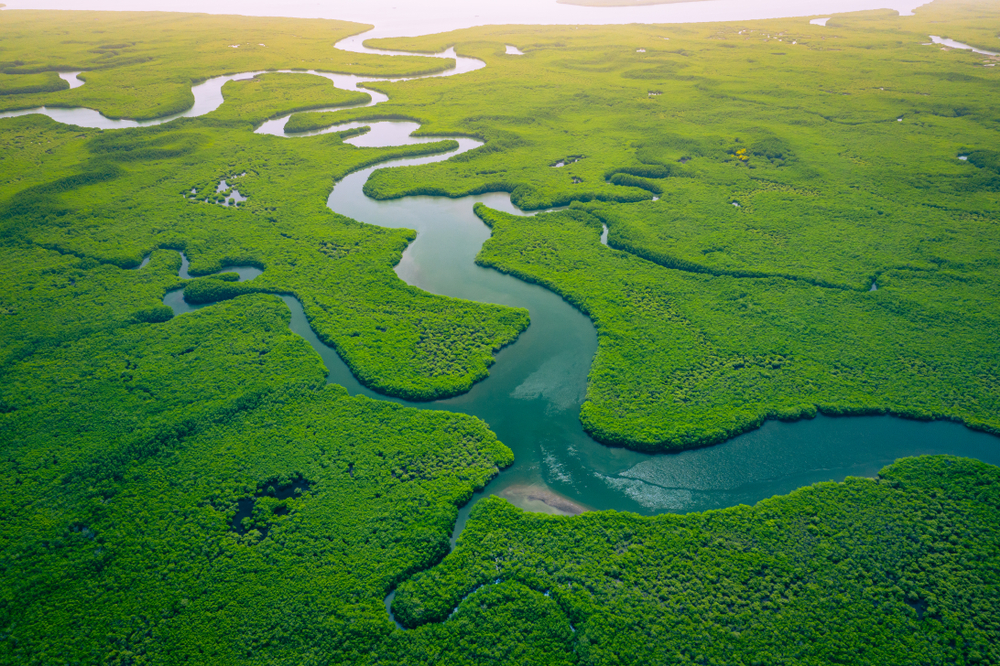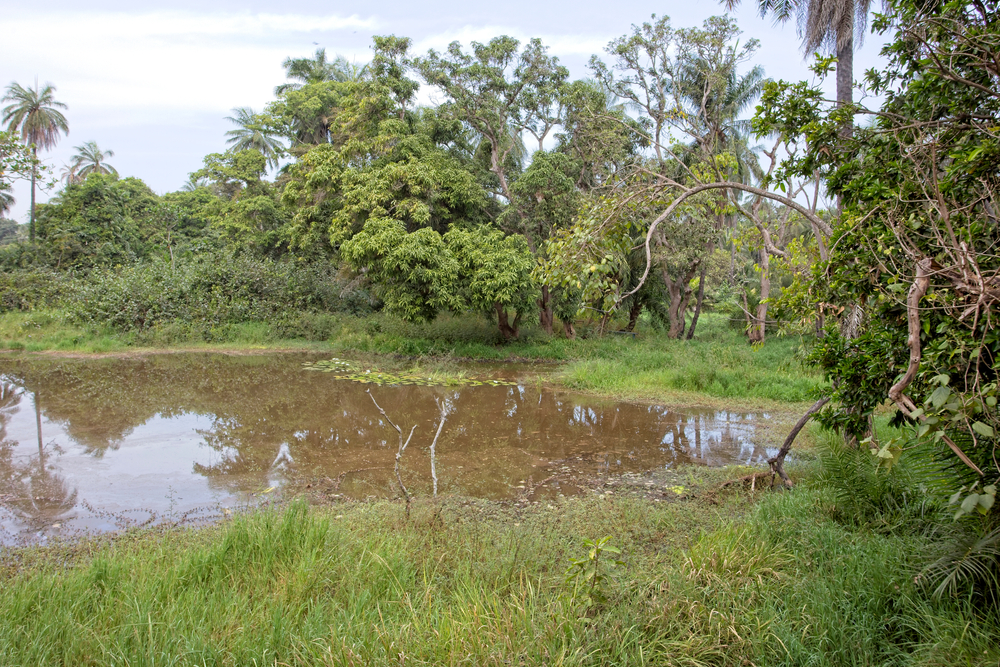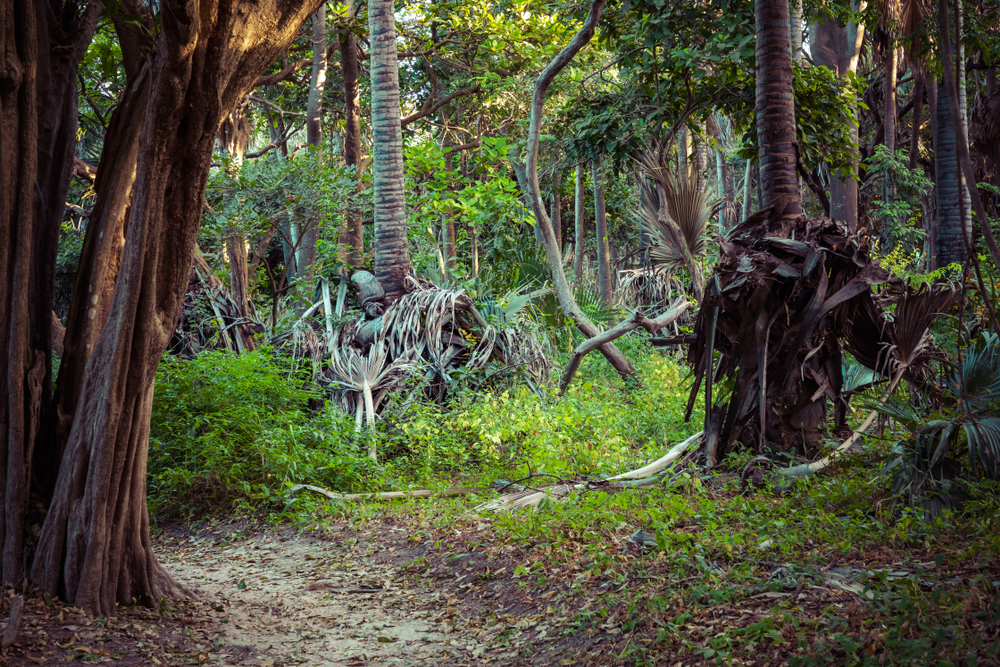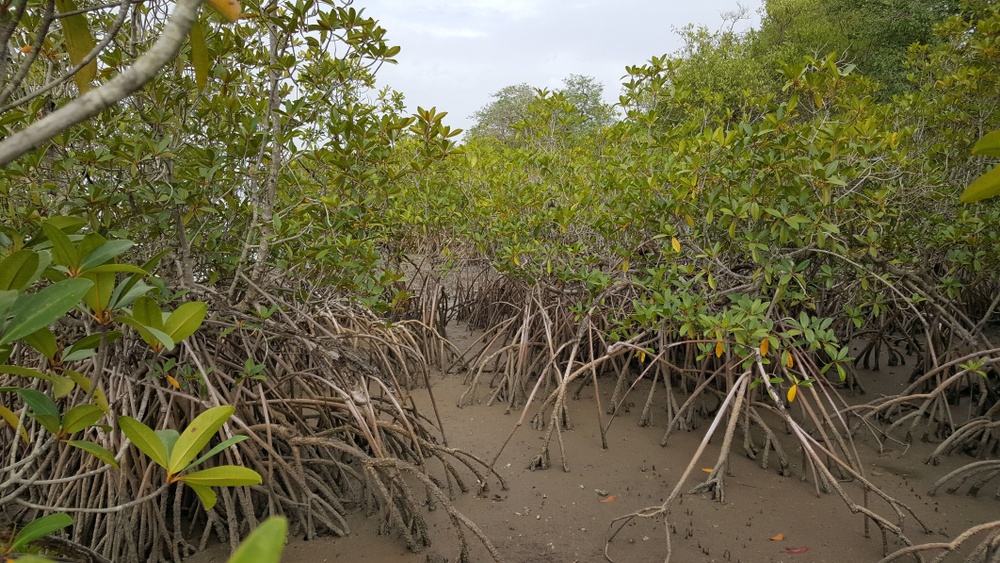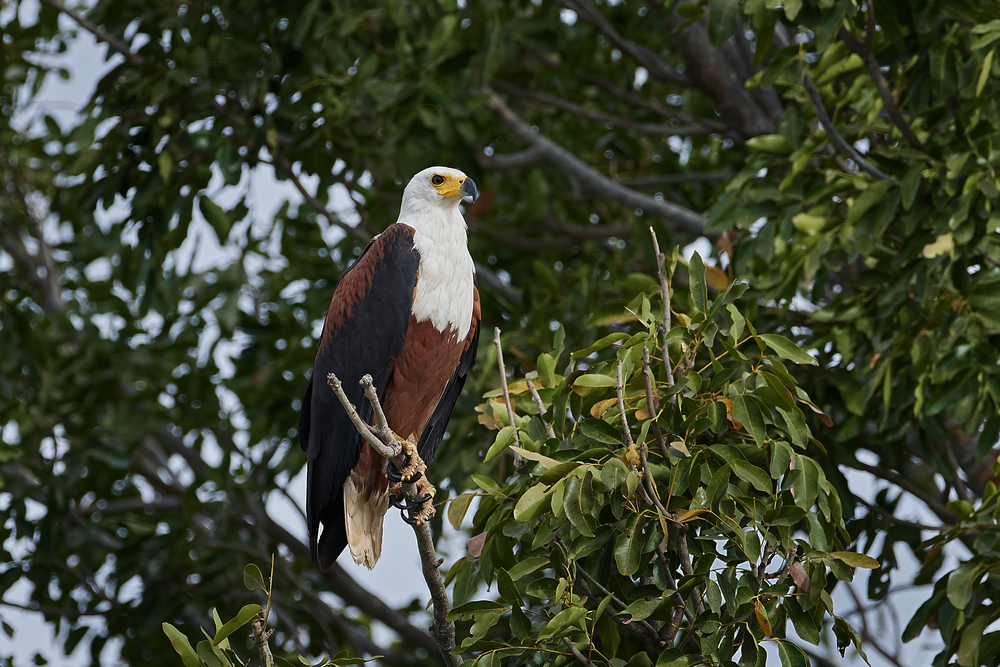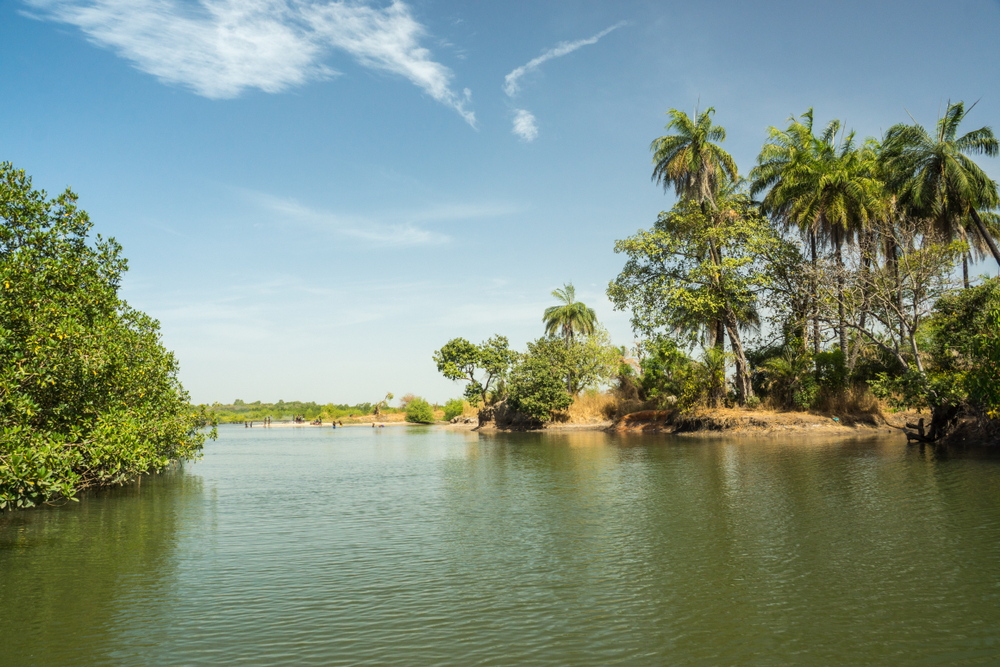The Gambia, the smallest country on mainland Africa, is home to a limited but ecologically rich selection of national parks. Despite its modest size, the country boasts diverse ecosystems ranging from lush riverine forests and mangroves to savannah woodlands. The Gambia has officially designated two national parks: Kiang West National Park and River Gambia National Park, both of which showcase the country’s commitment to preserving its unique wildlife and natural habitats. These parks serve as critical refuges for numerous species and are integral to the nation’s conservation efforts.
Kiang West National Park, located on the southern bank of the Gambia River, spans over 11,000 hectares and is the largest national park in the country. This park is characterized by a variety of habitats, including savannah, dry deciduous woodlands, and mangroves. It is home to an impressive array of wildlife, such as the rare West African manatee, bushbucks, and a variety of bird species, making it a favorite destination for birdwatchers. Visitors can also encounter Nile crocodiles and monitor lizards along the riverbanks, further highlighting the park’s ecological diversity.
River Gambia National Park, also known as Baboon Islands, is a protected area comprising five small islands in the central section of the Gambia River. This park is a sanctuary for the endangered Western chimpanzees, which were reintroduced through a rehabilitation project. The islands are inaccessible to the public, ensuring minimal human interference and prioritizing conservation. From a boat tour, visitors can observe chimpanzees, hippos, and various bird species thriving in their natural environment. The park is a testament to Gambia’s commitment to wildlife preservation.
Conservation challenges in The Gambia are significant, including deforestation, habitat degradation, and human-wildlife conflict. However, there have been notable successes, particularly in the reintroduction and protection of chimpanzees in River Gambia National Park. The Gambian government, along with international conservation organizations, has also implemented initiatives to raise awareness and promote sustainable practices within local communities. These efforts, combined with ecotourism, have bolstered conservation funding and contributed to preserving the country’s natural heritage.
The Gambia’s national parks, though limited in number, play a vital role in safeguarding its biodiversity. They not only offer visitors an opportunity to witness the country’s natural beauty but also serve as a reminder of the importance of protecting fragile ecosystems for future generations. Although it is the smallest country in mainland Africa, the government is committed to protecting the natural resources and natural beauty for future generations.
Scroll down for an Alphabetical List of National Parks in Gambia








































































